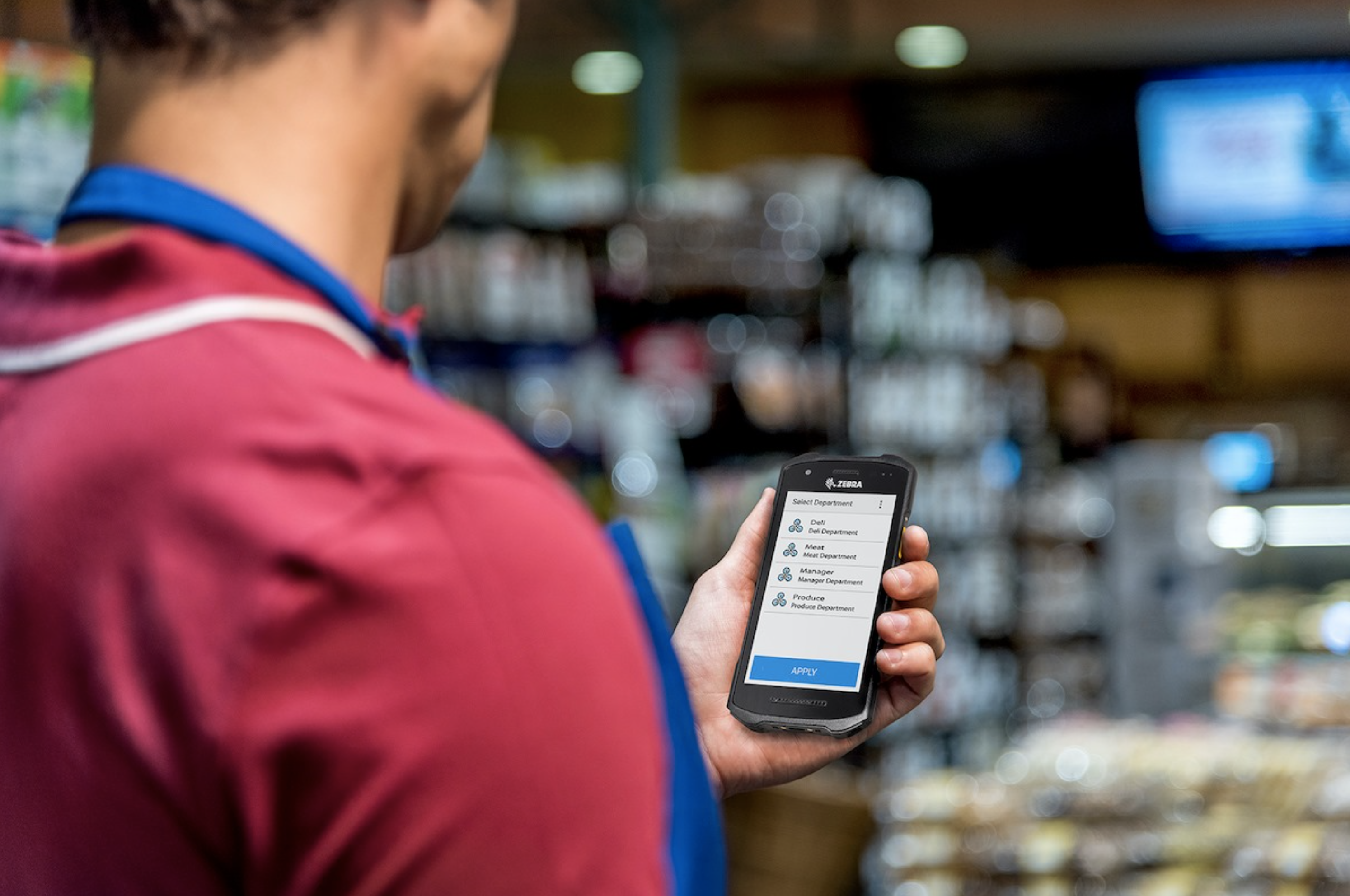
Blog
Learn why common Zebra products benefit a host of organizations, and how these IoT devices may affect your Wi-Fi network
Zebra products help teams of all sizes and across many industries, improving processes and increasing workplace efficiency. These devices include hand-held computers, tablets, barcode scanners, imagers, printers, and more, all assisting workers with instant access to Wi-Fi and the easy transfer of data.
But with any connected mobile equipment comes essential considerations for your Wi-Fi network. How do Zebra products and other Internet of Things (IoT) devices affect performance?
First, we’ll take a look at common types of Zebra products you maybe implementing in your workflows, and then discuss how they may impact your network.
Common types of Zebra products
Hand-held computers
Mobile computers from Zebra make it fast and easy for businesses to conduct a range of operations. You can instantly run a price check, validate an employee's ID, collaborate with other team members, view inventory, manage invoicing, and locate products. Industries, including manufacturing, retail, transportation, and healthcare, depend on the instant transfer and verification of data that require a stable wireless network connection.
Barcode scanners
Many different businesses now depend on barcode scanners, including hospitals, retailers, and many more. The connected scanners from Zebra allow relevant data about products, inventory, or patients to be immediately updated, tracked, and shared. Using a portable scanner results in convenience and faster workflows for small and large organizations.
Enterprise tablets
Tablets help teams manage products and inventory, track and verify deliveries, respond to incidents instantly, and perform point-of-sale functions. These tablets are especially helpful in large warehouses and manufacturing businesses but are also widely employed in stores and healthcare organizations. Zebra tablets are easy to use and can be mounted to a wall, hand-held, or propped up for easy viewing. This makes functions like dispatching, reporting, collaborating, and processing more efficient.
Mobile printers
Zebra’s mobile printers provide warehouses, retailers, manufacturers, and transportation organizations with a simple solution to print labels, tags, receipts, and more, from anywhere. They're also helpful in the healthcare industry, which uses them to label specimens.
These examples of standard Zebra devices give you a glimpse at how they can improve processes and increase efficiency in a range of industries. They provide more opportunities to use automation, process information quickly, and support instant communication and collaboration between teams.
How Zebra devices affect Wi-Fi
Organizations are seeing a massive increase in connected devices within their network boundaries. The IoT continues to expand, and new equipment is continuously released. According to Gartner data, the IoT within the enterprise and automotive markets alone will grow to 5.8 billion endpoints this year, increasing 21% from 2019. Business Insider predicts that by 2027, there will be over 41 billion IoT devices out there.
The aforementioned Zebra products are common IoT devices used within large organizations. Others include smart equipment like thermostats or speakers and wearable devices like health monitors and watches.
All of these new computers are entering and exiting the network, on top of the standard Bluetooth-connected devices, smartphones, and laptops that connect to the Wi-Fi at the same time.
So, what does this influx mean for your network? With all of these different products on the network, the RF spectrum can become overcrowded. Certain equipment can cause interference with other devices trying to connect in these dense environments. And interference can cause poor performance, including slower data transmission and drops in service.
This problem is compounded by the fact that all of these devices have different security protocols and operating standards.
IoT equipment also doesn’t tend to have the same level of security protections as other connected devices. Vulnerabilities often mean that they’re easier to hack into. And when sensitive business data is sent from one IoT device to another, malicious intruders could gain access to this information. Hackers also use vulnerable IoT devices as stepping stones to move into the larger network and systems, obtaining even more sensitive data.
While IoT equipment is convenient and can improve operations, there is no ignoring the negative impact it can have on a network. For security risks, solutions like strict access control procedures, antimalware platforms, and regular software updates can help combat these issues. For interference and congestion problems, wireless network monitoring can help you maintain high-quality Wi-Fi.
Wireless network monitoring for better IoT connections
Take advantage of the many connected products Zebra has to offer your business without worrying about adverse effects on your network. The solution is wireless network monitoring, which provides continuous testing and observation of how the Wi-Fi is performing on end-user devices.
Mobile Eye® and Sapphire Eye® from 7SIGNAL allow you to focus more on the business and less on Wi-Fi troubleshooting. You can gain perspective into the network from the outside-in, ensuring that devices stay connected and that customers and workers don't experience downtime when performing mission-critical functions.
7SIGNAL® is a leader in Wireless Experience Monitoring. The 7SIGNAL platform is a cloud-based Wi-Fi performance management solution that continuously monitors the wireless network for performance issues—maximizing network uptime, device connectivity, remote worker productivity, and network ROI. The platform was designed to support the Wi-Fi management needs of the world’s largest organizations, educational institutions, hospitals, and government agencies. 7SIGNAL continuously monitors the connectivity of over 5 million global devices. Learn more at www.7signal.com.